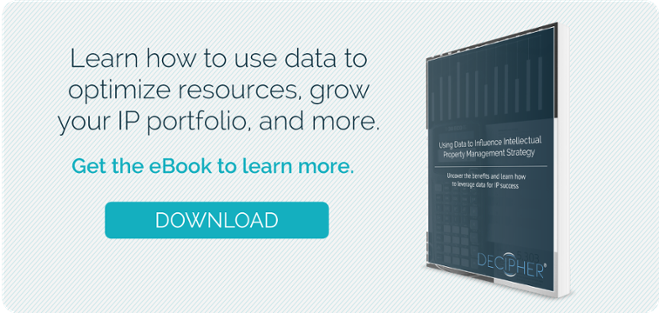The term “innovation stages” tends to conjure up the vision of end-to-end development of intellectual property, from conceptualization straight through to patent approval. One of the most significant periods within those stages, however, is the invention disclosure period. Invention disclosure is a process in and of itself, with its own sub-stages and steps. IP management software makes a significant impact on the disclosure process, so we’ll hone in on its specific sub-stages for the content of this article.
First, let’s identify the four stages within the invention disclosure period:
1. Submittal
The Submittal stage is the point at which the inventor gathers documents, prior art, and other supporting materials for their invention, then submits the invention to an initial reviewer — an IP administrator or member of the legal team — for assessment.
2. Completeness Review
To improve the quality of the submission and adequately prepare it for ultimate submission to the PTO, the inventor collaborates with the initial reviewer to address any questions or gaps in the submission; i.e., to ensure completeness.
3. Patent Review
With a “final draft” achieved, the invention moves forward into the Patent Review stage. The invention goes before the organization’s review board or other supervisory team. Since internal counsel’s expertise lies more on the “patentability” side of things, the review board often finds more subject matter questions that were missed in the completeness review. Is it consistent with the company’s overall business strategy? Is it sufficiently described from a technical standpoint? Etc.
4. Outside Counsel Submission and Review
Outside counsel is then often incorporated into the process as a final set of eyes with extensive patent application expertise. They perform a final review and offer their opinion to the organization which makes the decision to move forward with application, publication, holding as a trade secret, or abandoning.
As you can see, there are a number of different individuals and teams involved at any given point in the invention disclosure process. IP management software is used to facilitate communication, store notes, feedback, and other documentation, and keep the different players abreast of the overall progress of the invention disclosure.
A World Without Meetings
If we examine meeting time alone, with the assumption that it takes two hour-long meetings to get to the next step at any given point in the process, we’re likely faced with more than 30 hours of meetings over the course of the invention disclosure process. There are bound to be additional delays added to that amount due to simple obstacles like scheduling issues. What IP management software allows organizations to do is significantly reduce, and in some cases eliminate, time spent on meetings. This is because IP management software leverages the power of automated workflows to immediately notify the appropriate team member that their participation is needed in the process, leading to faster response times and more efficient communication. Not only does that significantly reduce time and labor, but it has been shown to increase innovation productivity by facilitating more frequent disclosures and faster reviews to produce IP in greater quantity as well as quality overall.
With additional features like legal expense management, patent cost forecasting, and data visualization, innovation team directors are able to streamline their processes and get more from their team. Business and IP managers are able to assess the most fruitful opportunities and cut away the most costly IP assets. The organization as a whole is able to work more efficiently, effectively, and profitably from the introduction of a single tool.
IP management software is more than just a timesaver. The data you gather from the system can be used to help your innovation team make informed decisions about what types of IP are the most beneficial to the company. Take a look at the different benefits that arise from leveraging the data found in your IP management software in this free resource — click here to download it now.



